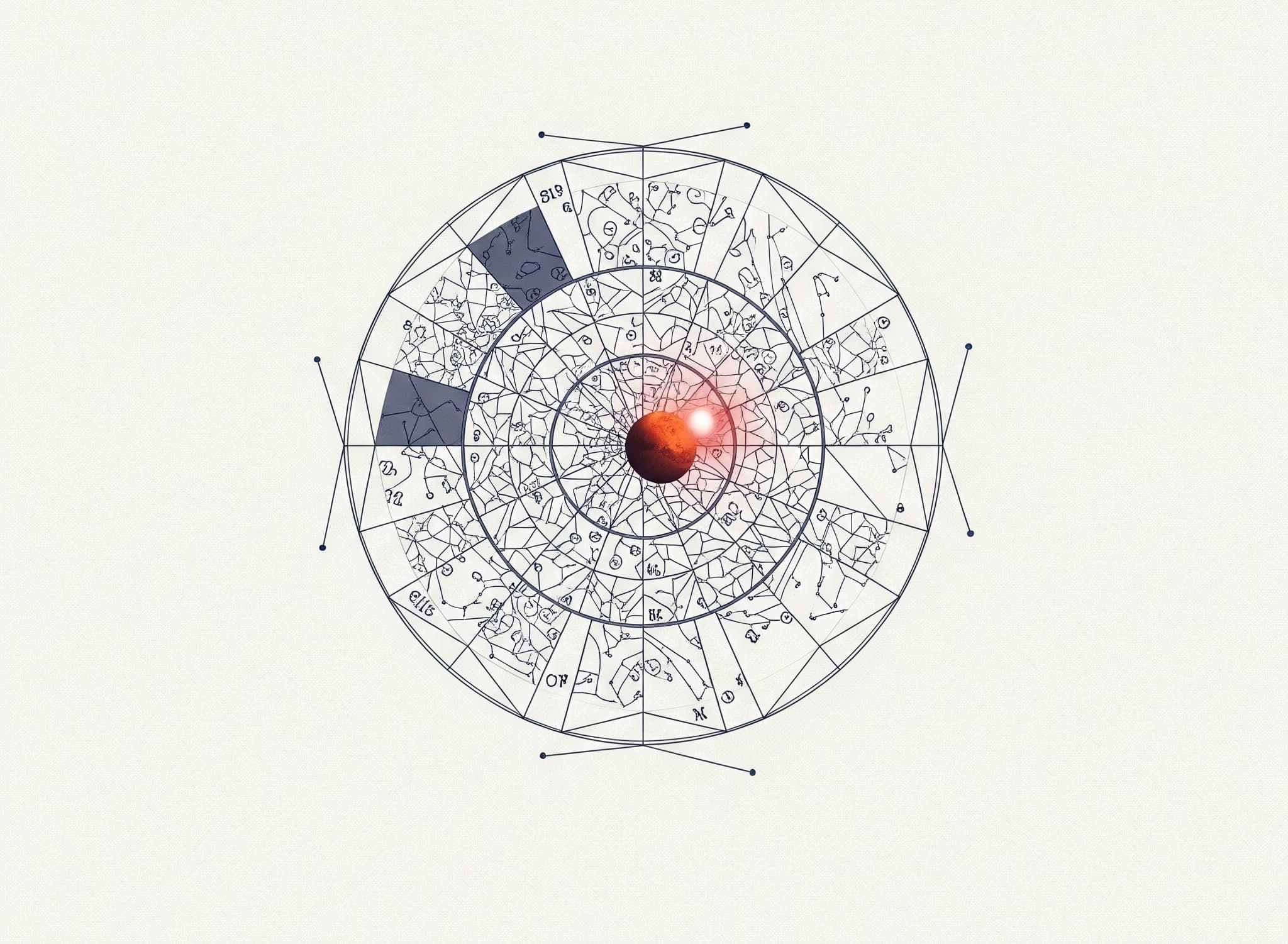In A Nutshell: Summarising The Bṛihat Parāśara Horāśāstra

The Bṛihat Parāśara Horāśāstra stands as a colossal work in the field of Vedic astrology.
Maharishi Parāśara, a yogi and a prominent figure in sageic lineage, is the father of Sage Vyasa, renowned for authoring the epic Mahabharata. Parāśara himself is known for his philosophical insights and scholarly contributions, creating a variety of impressive and expansive topics in the texts he authored. The Bṛihat Parāśara Horāśāstra is a well-respected astrological text that delves into the interpretation of planetary positions, the effects of different constellations, and various predictive techniques. The most widely recognised version of BPHS contains 97 chapters. Below is a summary of some key chapters and their contents:
1. Creation and Incarnations: Discusses the creation of the universe and the various incarnations of deities, providing a mythological context to the astrological teachings.
2. Planets and their Characteristics: Details the characteristics, significations, and influences of the nine planets (Sun, Moon, Mars, Mercury, Jupiter, Venus, Saturn, Rahu, and Ketu).
3. Rashis or Zodiac Signs: Explains the twelve zodiac signs, their attributes, and how they influence individuals based on their positions in the horoscope.
4. Bhavas or Houses: Describes the twelve houses in a horoscope, each representing different aspects of life such as health, wealth, relationships, and career.
5. Vargas or Divisional Charts: Introduces the concept of divisional charts, which provide a more detailed analysis of specific areas of life.
6. Dashas or Planetary Periods: Explains the system of Dashas, which divides an individual’s life into periods ruled by different planets, helping predict the timing of major life events.
7. Yogas: Discusses various planetary combinations that produce significant effects in a person’s life, such as Raja Yoga (indicating power and authority) and Dhana Yoga (indicating wealth).
8. Transits or Gochara: Analyses the current positions of planets in relation to their positions at the time of birth, and how these transits affect various aspects of life.
9. Remedial Measures: Suggests various remedies to mitigate the negative effects of planetary influences, including rituals, mantras, and the use of gemstones.
10. Nakshatras or Lunar Mansions: Details the 27 Nakshatras, their characteristics, and their influence on individuals based on the Moon’s position at the time of birth.
11. Predictive Techniques: Provides methods for making astrological predictions, including the interpretation of planetary positions, aspects, and house significations.
12. Mundane Astrology: Covers the application of astrology to broader societal and environmental events, such as natural disasters and political changes.
13. Medical Astrology: Discusses the influence of planets and zodiac signs on health and disease, offering insights into medical astrology.
14. Marriage and Relationships: Explores the astrological factors influencing marriage and relationships, including compatibility and timing of marriage.
15. Children and Progeny: Analyses the astrological indicators related to children and progeny, including fertility and the timing of childbirth.
16. Wealth and Prosperity: Examines the astrological factors that influence wealth, financial success, and prosperity.
17. Career and Profession: Provides insights into career and professional success based on planetary positions and house significations.
18. Longevity and Death: Discusses the astrological indicators of longevity and the timing of death.
FAQs:
What are the structure and contents of the BPHS?
This manuscript is organized as a dialogue between Parāśara and his disciple Maitreya, offering a teaching method that is both engaging and informative for learning astrology. The most widely recognised version of BPHS contains 97 chapters.
When was the BPHS composed?
Parāśara’s teachings have been passed down through generations and were eventually documented in their current form. The BPHS is believed to have been composed between the 6th and 8th centuries CE.
What is the impact of the BPHS on Vedic astrology?
The Bṛihat Parāśara Horāśāstra stands as a colossal work in the field of Vedic astrology. While questions about its exact origins and authenticity persist, its impact on astrological practices is undeniable. By offering a detailed framework for understanding planetary influences and making predictions, BPHS continues to guide and inspire astrologers around the world.



